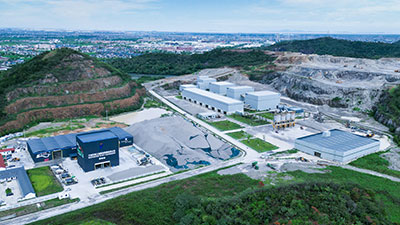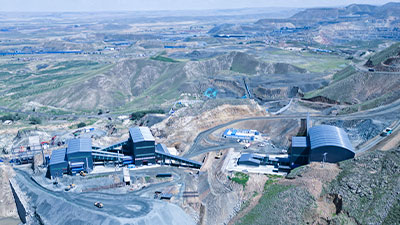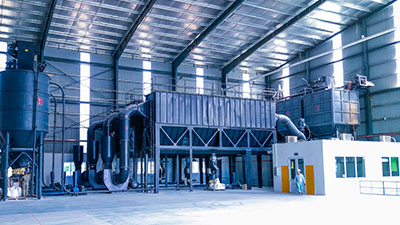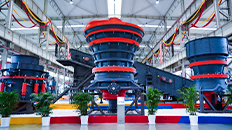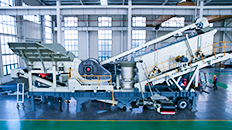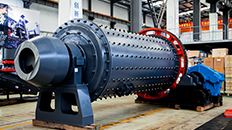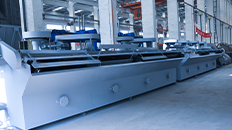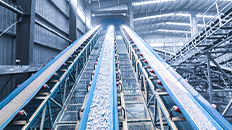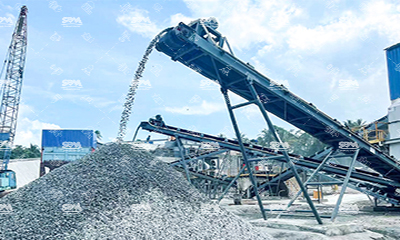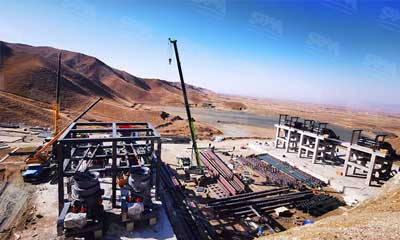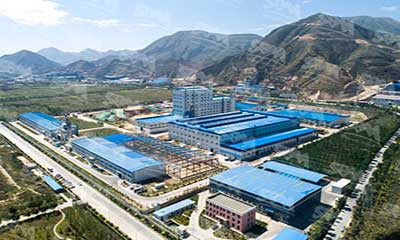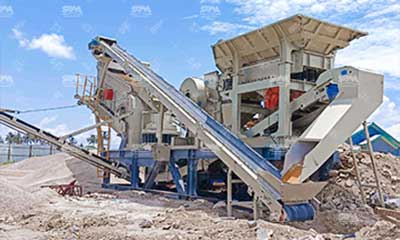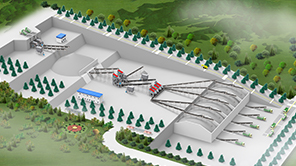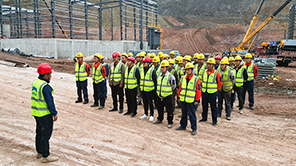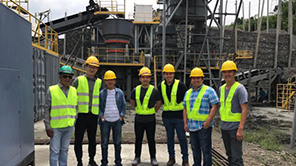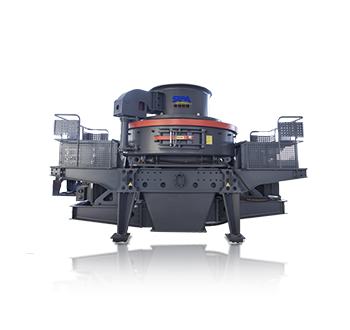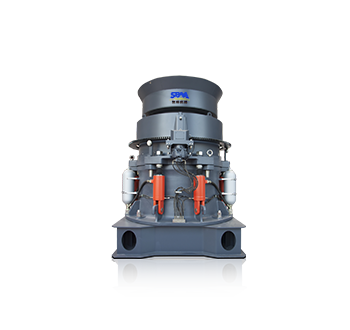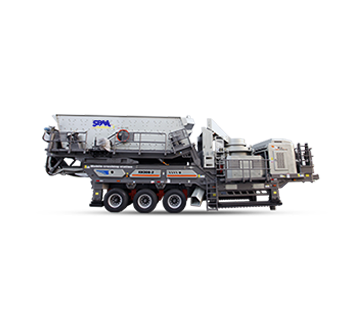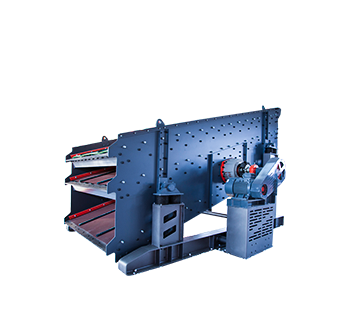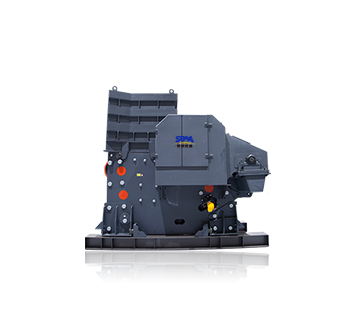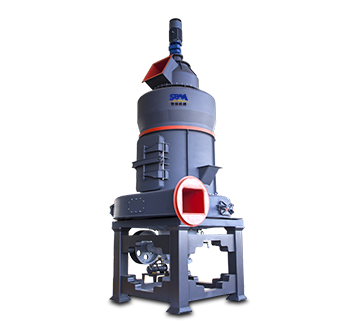Summary:Discover the best coal crushers for Indonesia's humid mines. Compare jaw, impact & cone crushers, learn selection criteria, and optimize crushing efficiency.
Indonesia is one of the world’s largest coal producers, with extensive mining operations in Kalimantan, Sumatra, and Java. Efficient coal crushing is critical for power generation, cement production, and export-quality coal processing. Selecting the best coal crusher for wet coal in Indonesia requires understanding local conditions—such as high humidity, abrasive coal types, and remote site challenges—along with the latest crushing technologies.
This guide covers:
✔ Role of Crushing in Coal Processing
✔ Types of coal crushers (Jaw, Impact, Gyratory, Hammer, Cone)
✔ Key Selection Factors (moisture, hardness, capacity)
Role of Crushing in Coal Processing
Crushing is the first vital step in the wet coal beneficiation chain—transforming run‑of‑mine (ROM) lumps (up to 1 m in size) into controllable feed for mills, dryers, and combustion systems.
- Size Reduction: ROM coal (200–1,000 mm) must be reduced to <20 mm for efficient grinding or combustion.
- Liberation: Although coal is a sedimentary rock with minor gangue association, crushing promotes uniform particle liberation and reliable calorific value distribution.
- Downstream Efficiency: Well‑graded crushed product enhances mill throughput, stabilizes burner operation, and minimizes unburnt carbon losses.

Types of Coal Crushers in Indonesia
In the Indonesian coal mining industry, the selection of wet coal crushers is crucial for optimizing the entire processing chain. Let’s dive deeper into the most common types of coal crushers used in Indonesia: Jaw Crusher, Gyratory Crusher, Hammer Crusher, Impact Crusher, and Cone Crusher. Each type has its advantages and limitations, and understanding these is key to selecting the right crusher for a particular application.
1. Jaw Crusher: Primary Crushing
Principle of Operation:
Jaw crushers operate on a simple principle of compressive force. The raw coal is fed into a V-shaped chamber where a stationary jaw and a moving jaw crush the material as the moving jaw moves back and forth. The feed material is compressed and reduced in size as it passes through the chamber.
Advantages:
- High Capacity: Jaw crushers can handle large feed sizes (up to 1 meter or more) and can produce high capacities (up to 1,000 t/h depending on the model).
- Simplicity: They have a straightforward mechanical design and are relatively easy to operate and maintain.
- Durability: Jaw crushers are typically more robust and can withstand the harsh conditions of Indonesian coal mines, where high moisture and varying feed sizes are common.
- Adjustable Output Size: The product size can be adjusted by changing the distance between the two jaws, providing flexibility in the coal crushing process.
Limitations:
- Lower Throughput for Harder Coals: While they are robust, jaw crushers can be less efficient in processing very hard or abrasive coal.
- Generates Coarse Fines: The product often contains larger chunks of coal, which may need further processing.
- Energy Consumption: Jaw crushers can consume significant amounts of energy when processing high volumes of coal.
Applications in Indonesia:
Jaw crushers are widely used as primary crushers in coal processing plants across Indonesia. They are especially useful for handling large lumps of coal directly from the mine. Their capacity to handle coarse material makes them ideal for open-pit mining operations in Kalimantan and Sumatra, where large blocks of coal are extracted.

2. Gyratory Crusher: Primary Crushing
Principle of Operation:
Gyratory crushers function similarly to jaw crushers, but instead of using a back-and-forth motion, they utilize a gyrating motion. The crushing action is performed by a conical head (the mantle) that moves within a larger concave. As the mantle moves, it compresses the material against the concave, causing the coal to break.
Advantages:
- High Capacity: Gyratory crushers are capable of handling large amounts of material, often exceeding the capacity of jaw crushers.
- Uniform Product Size: Due to their continuous and even crushing action, gyratory crushers produce a more uniform product size, which can be beneficial for certain downstream processes.
- Ideal for Large Feed Sizes: Like jaw crushers, gyratory crushers are suitable for crushing large lumps of coal.
Limitations:
- Complex Design: Gyratory crushers are more complex and require more maintenance due to their larger size and intricate parts.
- Cost: They generally have a higher initial cost compared to jaw crushers.
- Less Flexibility in Adjustments: While their capacity is high, the adjustments for different product sizes are less flexible than jaw crushers.
Applications in Indonesia:
Gyratory crushers are typically used for primary crushing in large-scale coal mines where high throughput is required. Their ability to handle large lumps of coal makes them ideal for regions with open-pit mining, such as East Kalimantan, where significant amounts of coal are extracted.

3. Hammer Crusher: Secondary Crushing
Principle of Operation:
Hammer crushers utilize high-speed rotating hammers to crush coal by impact. As the coal enters the crushing chamber, it is struck by hammers attached to a rotating rotor, breaking the coal into smaller pieces. The broken coal is then ejected from the chamber and can be further processed.
Advantages:
- Effective for Friable Materials: Hammer crushers are highly effective for coal types that are brittle and easily fragmented.
- Good for Producing Small Particle Sizes: They can produce a fine product, making them ideal for secondary and tertiary crushing stages.
- Simple Design: Hammer crushers have a simple mechanical design, making them easy to operate and maintain.
Limitations:
- Excessive Fines Generation: One major drawback of hammer crushers is their tendency to generate a significant amount of fine particles, which may not be ideal for all applications.
- Wear and Tear: Due to the high-speed rotation of the hammers, these crushers are subject to significant wear, particularly when processing abrasive coal.
- Limited Feed Size: Hammer crushers are not suitable for processing large lumps of coal and are typically used for smaller feeds after initial size reduction.
Applications in Indonesia:
Hammer crushers are commonly used in secondary crushing stages after jaw or gyratory crushers. They are ideal for Indonesian coal that is soft or has lower abrasiveness, as they help produce a finely crushed product suitable for further processing, such as briquetting or combustion in power plants.
4. Impact Crusher: Secondary and Tertiary Crushing
Principle of Operation:
Impact crushers work by accelerating coal and forcing it to strike impact plates or other surfaces. The raw coal is fed into the crusher, where it is thrown at high speeds against a set of impact plates. This impact shatters the coal into smaller particles.
Advantages:
- High Reduction Ratios: Impact crushers are capable of achieving high reduction ratios, making them suitable for further size reduction.
- Efficient for Brittle Materials: Impact crushers are efficient for crushing brittle and soft to medium-hard coals.
- Adjustable Output: The output size can be adjusted by changing the position of the impact plates or by using different rotor configurations.
Limitations:
- Less Effective for Harder Coals: They are less efficient when dealing with hard, abrasive coals and can experience increased wear on the impact plates.
- Increased Fines Production: Like hammer crushers, impact crushers tend to generate a high amount of fines, which may require additional processing.
Applications in Indonesia:
Impact crushers are often used in the secondary and tertiary stages of coal crushing. They are particularly useful for producing a uniform particle size in moderately soft to medium-hard coals, which are prevalent in some Indonesian mines, especially in the southern regions of Sumatra and Kalimantan.

5. Cone Crusher: Tertiary Crushing
Principle of Operation:
Cone crushers operate by using a rotating mantle within a concave. The coal is crushed as it is compressed between the two surfaces. Cone crushers typically work in the tertiary crushing stage, providing further reduction in particle size.
Advantages:
- High Reduction Ratios: Cone crushers offer excellent size reduction, achieving smaller product sizes with minimal generation of fines.
- Efficient for Hard Materials: They are particularly well-suited for crushing hard and abrasive coals, which is important in Indonesian operations where some coal types can be very tough.
- Uniform Product Size: The particle size distribution is more uniform compared to other crushers, making cone crushers ideal for producing a consistent output.
Limitations:
- Limited Feed Size: They are not as effective for large lumps of coal and are typically used in later stages after primary and secondary crushing.
- Complex Maintenance: Cone crushers are more complex in design, requiring more maintenance compared to simpler crushers like jaw and hammer crushers.
Applications in Indonesia:
Cone crushers are ideal for tertiary crushing in high-throughput plants. They are used where finer coal products are needed, particularly for coal types that are harder and more abrasive. In Indonesia, cone crushers are used in some of the larger coal processing operations in Kalimantan, where high-quality coal is required for export.

4 Critical Factors When Selecting a Coal Crusher for Indonesia
Factor 1: Coal Moisture & Stickiness
- High-humidity areas (e.g., Kalimantan):
- Use non-clogging jaw crushers or self-cleaning roll crushers
- Avoid fine screens before crushing (prevents material buildup)
Factor 2: Coal Hardness & Silica Content
- Hard coal (Bituminous): Impact crushers with tungsten carbide tips
- Abrasive coal: Cone crushers with manganese liners
Factor 3: Mobility Requirements
- Remote mines: Track-mounted mobile crushers (no foundation needed)
- Fixed plants: Stationary crushers with reinforced foundations
Factor 4: Environmental Compliance
- Dust control: Water spray systems + enclosed conveyors
- Noise reduction: Soundproofed crusher housings
Jaw crushers, gyratory crushers, hammer crushers, impact crushers, and cone crushers each serve specific functions, with varying advantages and limitations depending on the coal type and processing requirements. By selecting the appropriate crusher for each stage—based on factors like feed size, coal hardness, moisture content, and desired product size—Indonesian coal producers can ensure higher throughput, energy efficiency, and reduced operating costs, all while maintaining high product quality suitable for both domestic use and export markets.

